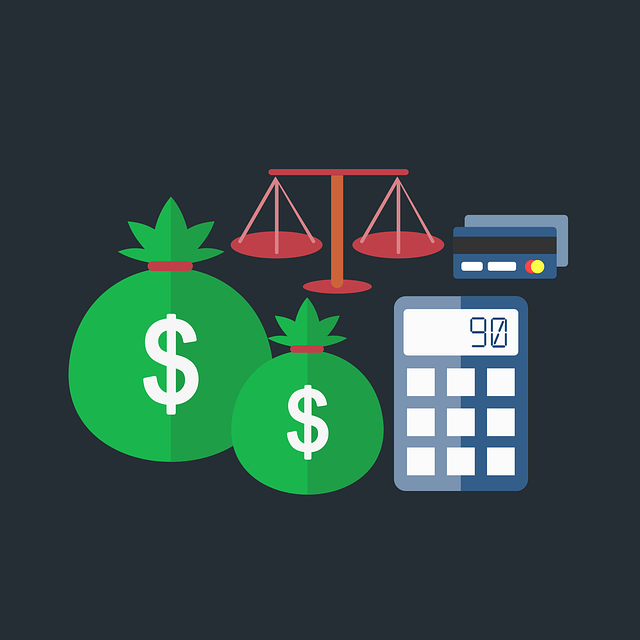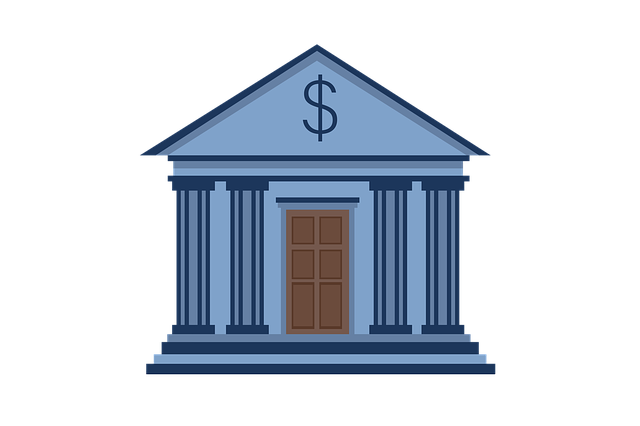Alternative financing options, including peer-to-peer lending, crowdfunding, and point-of-sale financing, offer flexible terms but require careful consideration. Borrowers should compare loan fees and loan interest rates across various types of alternative loans, evaluating the pros and cons against traditional bank loans. A thorough review of loan structures, terms, and potential charges like origination fees, late payment, and prepayment penalties is essential for making informed decisions aligned with individual financial goals.
In today’s financial landscape, understanding alternative financing options and their associated costs is crucial for both individuals and businesses seeking capital. This comprehensive review delves into the world of alternative loans, exploring various types and their varying loan interest rates. We deconstruct traditional loan fees and analyze the pros and cons of different financing options, providing strategies to conduct a thorough cost assessment. By examining these alternatives, borrowers can make informed decisions, ensuring optimal financial outcomes while navigating the complexities of loan fees.
- Understanding Alternative Financing and its Costs
- Deconstructing Traditional Loan Fees
- Exploring Various Types of Alternative Loans and Their Interest Rates
- Analyzing the Pros and Cons of Different Financing Options
- Strategies for Conducting a Comprehensive Cost Review
Understanding Alternative Financing and its Costs

Alternative financing options have gained significant traction in recent years as a flexible solution for individuals and businesses seeking capital. Unlike traditional bank loans, alternative financing involves diverse lending models such as peer-to-peer lending, crowdfunding, and point-of-sale financing, among others. These methods offer unique advantages like faster access to funds, lower requirements for collateral, and tailored repayment terms. However, understanding the associated costs is paramount.
The overall cost of alternative financing can vary widely based on several factors, with loan fees and interest rates being primary considerations. Unlike fixed-rate bank loans, many alternative loans feature variable interest rates tied to market conditions or borrower creditworthiness. These rates can fluctuate over time, impacting the total repayment amount. Additionally, alternative lenders often charge origination fees, processing fees, or early repayment penalties, which are typically absent in conventional loan products. Therefore, borrowers must carefully review and compare these costs before securing an alternative loan to ensure they make an informed decision that aligns with their financial goals.
Deconstructing Traditional Loan Fees

When considering alternative financing options, it’s crucial to understand the intricacies of traditional loan structures and their associated costs. Conventional loans often come with a range of fees that can significantly impact the overall borrowing experience. These include origination fees, which are charged by lenders to cover administrative costs; closing costs, encompassing various expenses related to processing the loan; and most notably, interest rates, the primary driver of financial burden over the life of the loan.
Deconstructing these traditional loan fees reveals a complex web of charges. Origination fees, for instance, can vary widely depending on the lender and the type of loan. Closing costs may include appraisals, credit reports, legal services, and various other services required to finalize the loan agreement. Interest rates, influenced by market conditions and borrower creditworthiness, play a pivotal role in determining the long-term financial commitment. Understanding these components is essential when exploring alternative loans, as it empowers borrowers to make informed decisions and compare different financing options effectively.
Exploring Various Types of Alternative Loans and Their Interest Rates

When considering alternative financing, it’s crucial to explore a variety of loan options and understand their associated fees and interest rates. Alternative loans, often available from online lenders or specialized financial institutions, can offer flexible terms compared to traditional bank loans. These include personal loans, peer-to-peer lending, business loans, and more, each with its own set of charges and APRs. Loan fees can vary widely depending on the lender and your creditworthiness; therefore, it’s essential to compare these costs before making a decision.
The interest rates on alternative loans are typically influenced by market conditions, risk assessment, and regulatory factors. Online lenders often offer lower rates due to reduced overhead costs, while peer-to-peer platforms may have more variable rates based on the funding source. It’s important for borrowers to review the loan terms and calculate the overall cost, including any origination fees, late payment charges, or prepayment penalties, to ensure they understand the full financial commitment of the alternative financing option.
Analyzing the Pros and Cons of Different Financing Options

When exploring alternative financing options, a thorough analysis of the pros and cons is essential to make informed decisions. One key consideration is understanding the various loan fees associated with each type of loan. Traditional bank loans often come with fixed interest rates, offering predictability but potentially higher costs over time. In contrast, alternative loans may offer more flexible terms, including variable interest rates, which can be beneficial in fluctuating market conditions. However, these rates can also lead to increased borrowing expenses.
Evaluating the long-term implications of different financing structures is crucial. While alternative loans might provide quicker access to funds and diverse repayment options, they could also have stricter eligibility criteria and penalty charges for early repayment. Traditional loan options may have longer approval processes but often allow borrowers more time to manage their finances without incurring additional fees. Comparing these factors helps individuals or businesses determine the most suitable financing approach based on their specific needs and financial goals.
Strategies for Conducting a Comprehensive Cost Review

Conducting a comprehensive cost review for alternative financing involves meticulous analysis to ensure informed decisions. Start by comparing loan fees across different providers, breaking down each component—origination, processing, and any hidden costs. Understanding loan interest structures is paramount; scrutinize fixed versus variable rates, and consider the impact of potential rate fluctuations over the loan term.
Delve into the terms and conditions of alternative loans, examining repayment schedules, prepayment penalties, and borrower protections. Calculate the total cost of borrowing by factoring in all associated expenses, including administrative fees and any collateral requirements. This holistic approach empowers borrowers to make informed choices, selecting the most cost-effective and suitable financing option.
